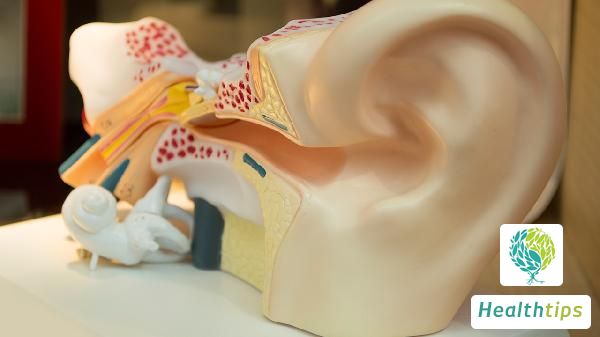What are the treatment options for vitiligo?

1. External medications: Commonly used drugs include glucocorticoid ointments, such as mometasone furoate cream and halometasone cream, which have anti-inflammatory and anti-itch effects. Calcium modulator phosphoinositide inhibitors can also be used, such as tacrolimus ointment and pimecrolimus cream, which can regulate immune function. Vitamin D3 derivatives, such as calcipotriol ointment and tacalcitol ointment, can also be used.
2. Systemic medications: They include oral medications and injectable medications. Oral medications mainly include glucocorticoid drugs, such as prednisone acetate tablets and dexamethasone tablets, which have strong anti-inflammatory effects. However, long-term use is prone to adverse reactions and should be used under the guidance of a doctor. Photosensitizers can also be chosen for treatment, such as psoralen preparations and nitrogen mustard.
3. Physical therapy: It mainly includes phototherapy and depigmentation therapy. Phototherapy uses ultraviolet radiation to irradiate the affected skin, increasing the activity of melanocytes, thereby achieving the purpose of treatment. Commonly used phototherapy methods include narrow-band ultraviolet B (NB-UVB) and excimer laser. Depigmentation therapy refers to the removal of pigmentation on the skin surface through chemical peeling methods, and commonly used drugs include hydroquinone cream.
4. Surgical treatment: It is suitable for patients in the stable stage with small lesion areas, such as autologous epidermal grafting and microskin grafting. It is recommended that patients with vitiligo seek medical attention promptly and undergo standardized treatment under the guidance of a doctor.



















